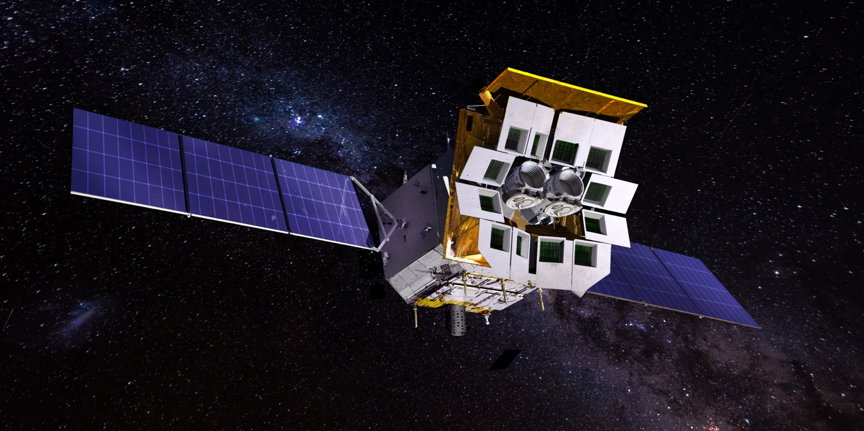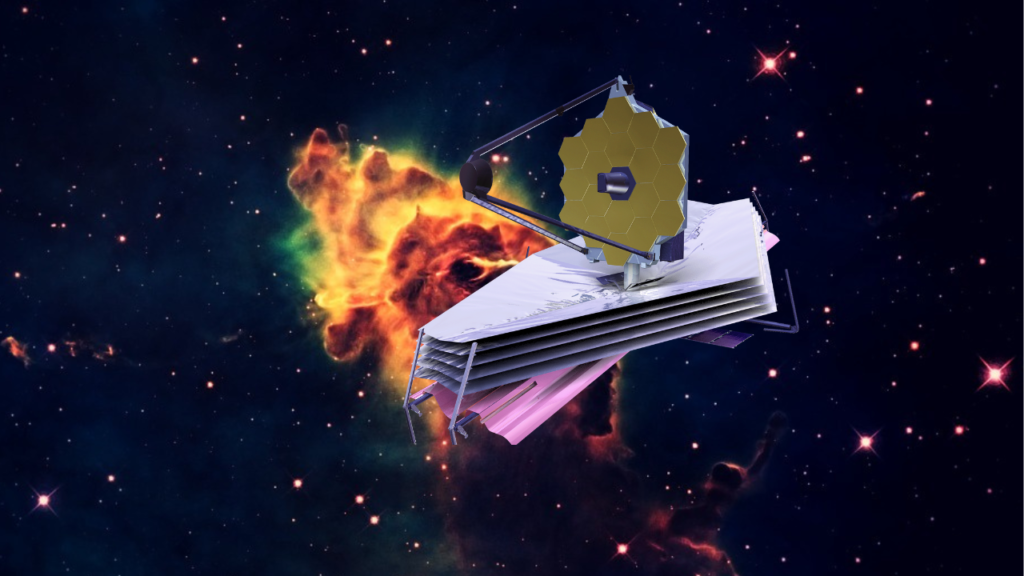China launched its Einstein Probe early Tuesday to detect X-ray emissions from violent, fleeting cosmic phenomena using novel lobster eye-inspired optics.
A Long March 2C rocket lifted off from Xichang Satellite Launch Center in southwestern China at 2:03 a.m. (0703 UTC), Jan. 9. The China Aerospace Science and Technology Corp. (CASC) confirmed launch success within the hour.
The Einstein Probe (EP) is part of growing Chinese strategic space science efforts. The spacecraft will spend at least three years observing distant, violent interactions such as tidal disruption events—in which stars are pulled apart by supermassive black holes—supernovae, and detect and localize the high-energy, electromagnetic counterparts to gravitational wave events.
The 1,450-kilogram EP spacecraft will operate in a 600-kilometer altitude, 29 degree inclination orbit. From there it will observe the sky with a Wide-field X-ray Telescope (WXT).
WXT combines 12 of the modules tested in 2022 to provide a field of view of 3,600 square degrees. The instrument uses a reflection technique, inspired by lobsters’ eyes, consisting of parallel square pores arranged on a sphere. The multitudes of square tubes guide X-rays down to a CMOS light detector.
The European Space Agency contributed to the mission with support for the testing and calibrating of the detectors and optical elements of the WXT.
“The strength of Einstein Probe is to observe almost the entire night sky in about 5 hours with great sensitivity, thanks to the lobster-eye technique,” Erik Kuulkers, ESA Project Scientist, told SpaceNews. “It is thus able to catch any unpredictable transient event in X-ray light.”
“Their interest is diverse, from auroral emission on Jupiter, to star-planet Interactions through X-ray observations, to outbursts on isolated neutron stars or in binary stars with a neutron star companion, and to the unstable swallowing of matter by supermassive black hole in other galaxies.”
EP could also provide insight into other phenomena including magnetars, active galactic nuclei, red shifted gamma-ray bursts, and the interactions between comets and solar wind ions.
A broader, third round of SPP missions are currently under consideration by CAS. Proposals include a Venus orbiter, a constellation of lunar small sats, exoplanet-hunting telescopes, an asteroid sample return and more.
The Sino-Franco Space-based multi-band astronomical Variable Objects Monitor (SVOM) is also planned for launch in Spring 2024.
Credit: spacenews.com



